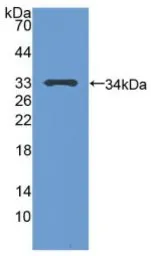Human p53 protein, His tag (active)
Cat. No. GTX00268-pro
Cat. No. GTX00268-pro
-
ApplicationsFunctional Assay
-
SpeciesHuman


